Without frame 15.8 x 11.5 cm
Frame 40.5 x 35.3 cm
Work on plain white paper.
Lead pencil drawing.
Signature of the workshop stamp in the lower right corner of the work affixed by the Galerie Rive Gauche. Work presented under glass in a very clean frame.
Origin and provenance: Galerie Rive Gauche, Noêmia Mourão, Solange Darbois and Mrs. Leon Paul Farge dit Cheriane.
Direction: Rudi Augustinci Located at 44 rue de Fleurus in Paris, the Rive gauche gallery was founded in the early 1950s by the collector and art historian Heinz Berggruen.
He presented around 80 exhibitions there until the end of the 1970s. He was always attracted by rare and little-known works by the great artists of his time: beautiful prints of engravings by Paul Klee or Pablo Picasso, paper cutouts from 'Henri Laurens or Henri Matisse, woodcuts by Joan Miró or watercolors by Fernand Léger or Roger de La Fresnaye. He also had a personal collection of major works from the 20th century. Fairly good condition, slight dusting of the weather, some creases and redness.
Emiliano Di Cavalcanti (Emiliano Augusto Cavalcanti de Albuquerque Melo) is a Brazilian painter considered to be the father of the Brazilian school of modern painting. First a caricaturist, he exhibited his works for the first time in Sao Paulo in 1916, the year of his meeting with Anita Malfati, artist nourished by a pictorial experience acquired in Dresden, Berlin and New York, which will give a decisive impulse. to his career.
They founded together in 1922 the Sao Paulo Modern Art Week. He stayed in Paris between 1923 and 1925 and returned there between 1935 and 1940. Picasso, Léger, Cocteau, Satie became his friends. His work was first marked by Chagall and expressionism (Five Young Girls of Guaratingueta, 1926, São Paulo museum), before confronting the Picasso of the classical period. Cavalcanti paid homage, throughout his life, to women and, more precisely, to the mulatto of which he made a social symbol (Samba, 1925).
This theme was part of the artist's political concerns which increased after 1930 (Brazilian Reality, series of Chinese inks, 1930).
In his album The Brazilian Reality he offered, through 12 Chinese inks, a series of caustic portraits, mercilessly caricatured. In 1929, he painted his first fresco. He made a number of them, notably for the Alvorades Palace in Brasilia, built by the architect Oscar Niemeyer.
In 1955 Cavalcanti published his autobiography while he participated in the São Paulo Biennale (in 1951, 1953 and 1963) and that of Venice (1956). The MAM of São Paulo, which keeps a very large collection of drawings, organized a retrospective of his work in 1971. The artist's rating is always high, whether for his paintings or his works on paper.
Biography:
Emiliano Augusto Cavalcanti de Albuquerque Melo (September 6, 1897 – October 26, 1976), known as Di Cavalcanti, was a Brazilian painter who sought to produce a form of Brazilian art free of any noticeable European influences. His wife was the painter Noêmia Mourão, who would be an inspiration in his works in the later 1930s.
Born in Rio de Janeiro in 1897, Di Cavalcanti was influenced by the intellectuals he met at his home of his maternal uncle, a figure of the abolitionist movement.This would provide the basis for a lifelong politically driven artistic career, which would start by the production of a drawing published by the magazine fon-fon. He engaged in a pursuit for a Law degree in São Paulo but did not manage to complete this pursuit. Di Cavalcanti moved to São Paulo in 1917. At this time he held his first exhibition at the Editora do Livro (o livro bookstore) in São Paulo. This first exhibition would only include caricatures with very viable symbolist influences to be found presented in the works.
In 1918, Di Cavalcanti would become part of a group of intellectuals and artists in São Paulo which would contain artist like Oswald de Andrade, Mário de Andrade, Guilherme de Almeida, etc. This group would be the direct cause for bringing the Semana de Arte (week of modern art) in life in 1922. This movement along with the Group of Five wished to revive the artistic environment in São Paulo at the time and had as its main interest to free Brazilian art from the European influences found within it. Nevertheless, the works Di Cavalcanti displayed at the Semana revealed varying Symbolist, Expressionist, and Impressionist influences. This can thus be seen as a continuance of European stylistic influences and this would not change until Di Cavalcanti returned from Paris in 1925 to live in Rio de Janeiro once again.
Di Cavalcanti lived in Paris and Montparnasse from 1923 until 1925. During this time he was employed as a correspondent for the newspaper Correio da Manhã and attended classes at the Académie Ranson in Paris, which led him to meet European modernists like Pablo Picasso, Henri Matisse, Georges Braque, and Fernand Léger. During this time his feelings to create a true Brazilian art would flourish and thus lead to his later works.
In 1937, Di Cavalcanti and his wife Noêmia Mourão would set sail to Paris to stay there until the outbreak of World War II in the start of 1940. During this three-year stay abroad he was awarded a Gold medal in the Art Technique Exhibition in Paris for his murals in the French-Brazilian Coffee Company. After this Di Cavalcanti would produce around 40 works, only to be left behind when he and his wife fled the country on the eve of the German Nazi invasion. They arrived back in São Paulo in 1940. They arrived back in São Paulo in 1940.
After his return to Brazil his nationalistic feelings became even stronger, as seen in his representations of mulatto women, carnivals, Negroes, deserted alleys, and tropical landscapes, subjects to be found in Brazilian everyday life and social settings and not in European settings. He lectured about these things in 1948 in the Museu de Arte de São Paulo, providing a lecture on modernism, expressing nationalism, and opposing abstraction. In 1951 the first of the Bienals, held at the Museu de Arte Moderna at São Paulo, featured Di Cavalcanti’s works, along with other artists from the South American continent who were seeking for a true national art. The Mexican Muralists Diego Rivera and David Siquieros were thus personally invited by Di Cavalcanti and actually attended. The exuberance and expression of true South American art was a very strong incentive for the founder, Francisco Matarazzo Sobrinho (also known as Ciccilo), to hold this exhibition again, and there was another exhibition in 1953. The works left behind after fleeing Europe in 1940 were to be recovered in 1966 in the basement of the Brazilian Embassy in Paris.
The friendship with Francisco Matarazzo Sobrinho was a direct effect to the donation of 559 drawing by Di Cavalcanti himself to the Museu de Arte Contemporânea which was founded by Ciccilo. The Museu de Arte Contempemporânea is also better known as the MAC and currently has 564 drawings by Di Cavalcanti in its possession of which only 5 were acquired through purchases and the others through the donation by the artist himself.















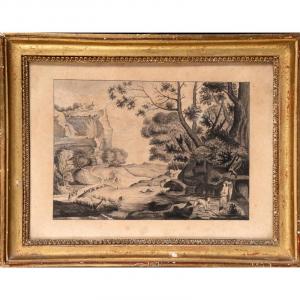
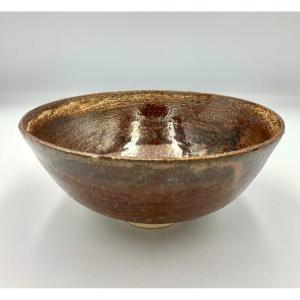

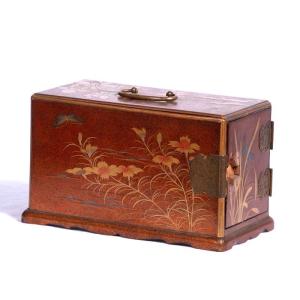
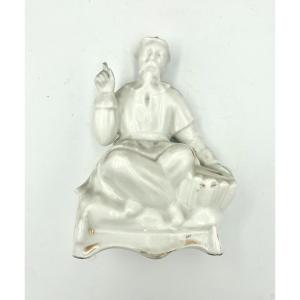

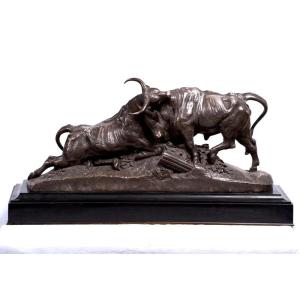



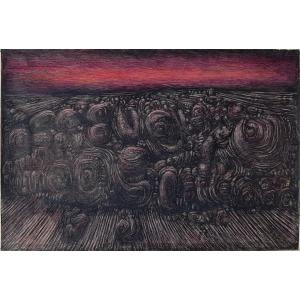

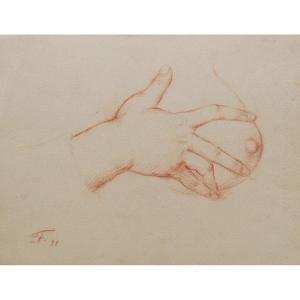





 Le Magazine de PROANTIC
Le Magazine de PROANTIC TRÉSORS Magazine
TRÉSORS Magazine Rivista Artiquariato
Rivista Artiquariato